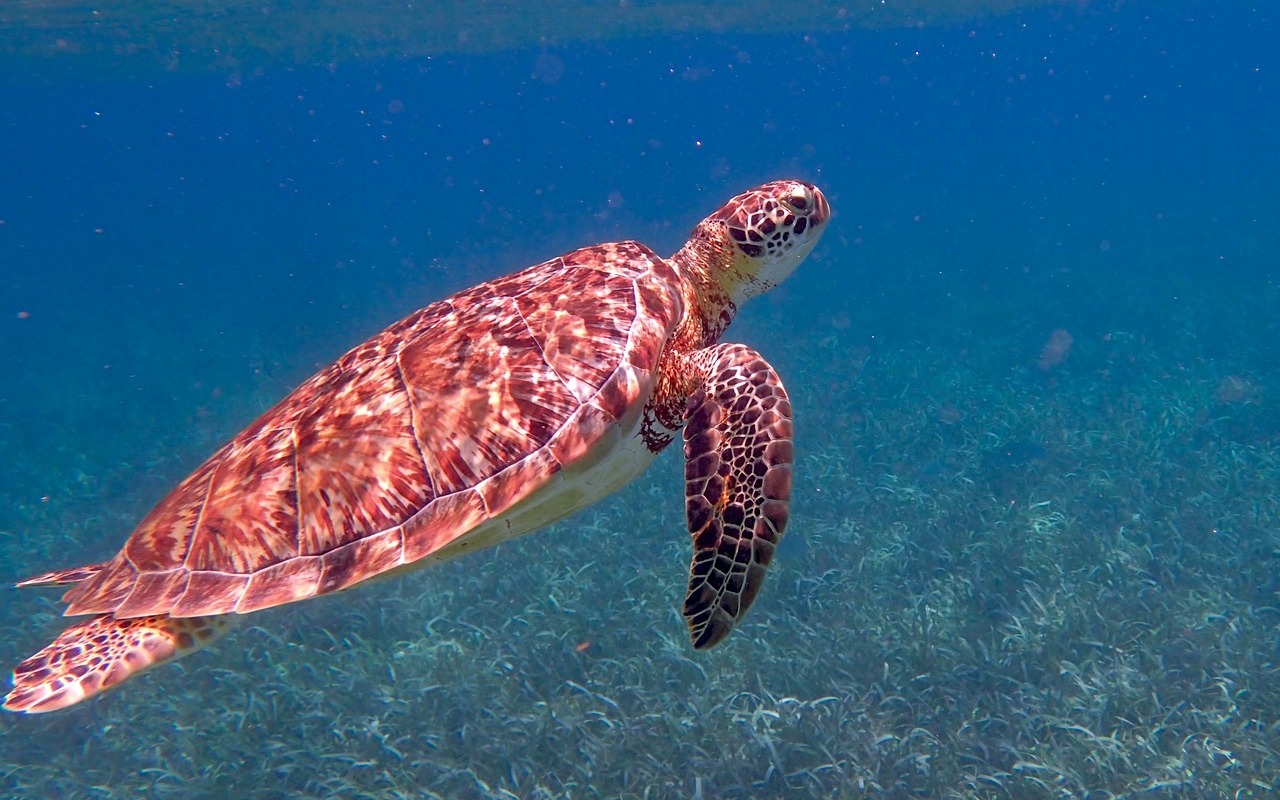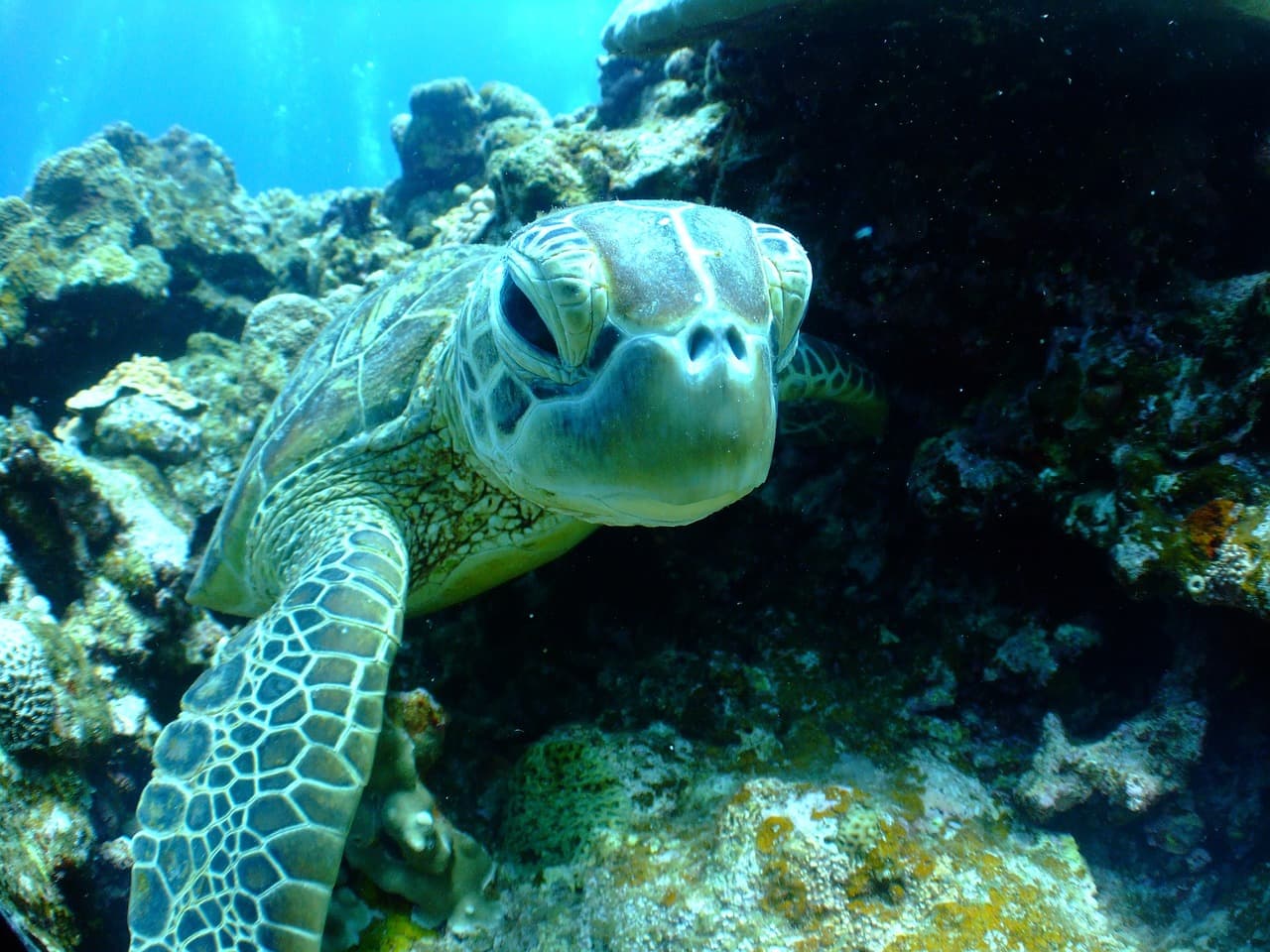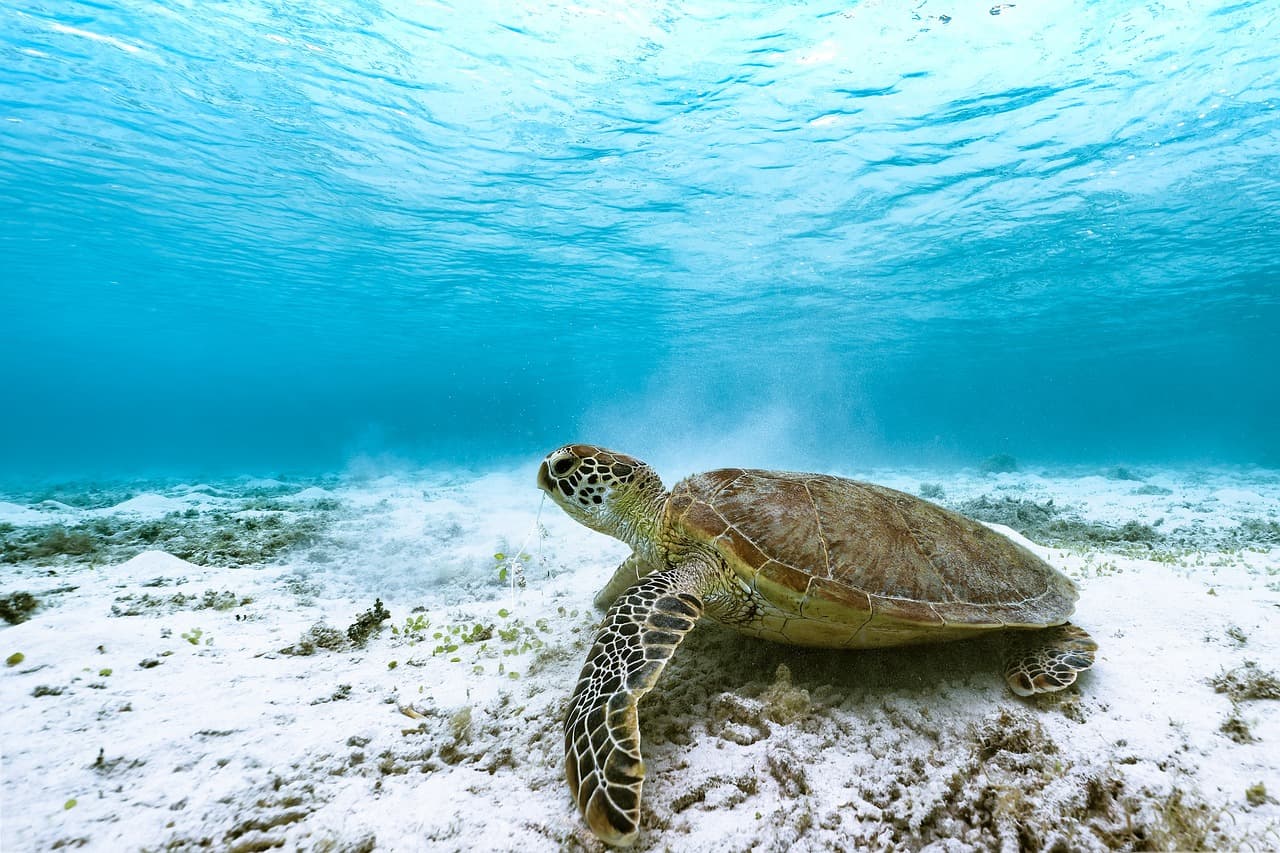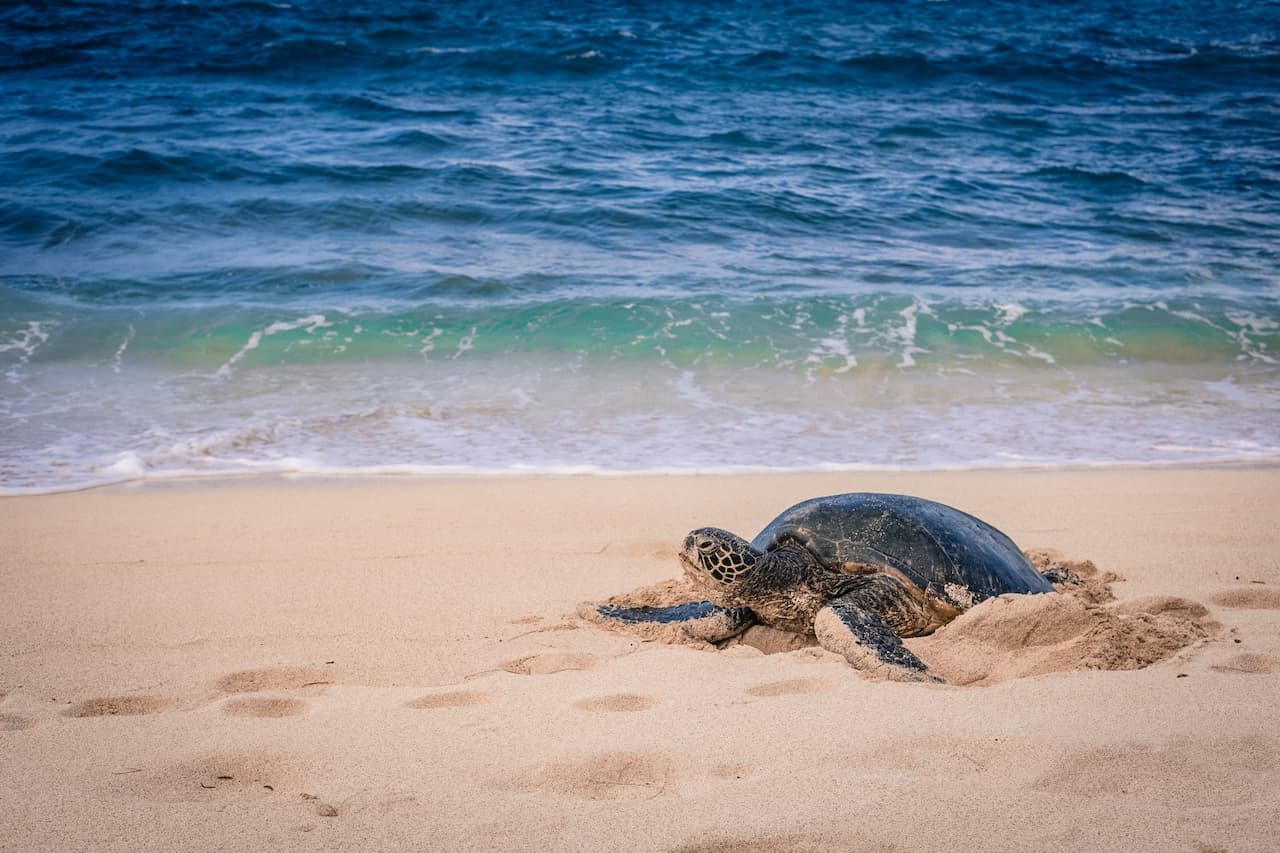Several biodiversity organizations on Spain’s Mediterranean coast have discovered sea turtle egg clutches on crowded beaches from the Costa Brava to the Strait of Gibraltar.
This year there are fewer visitors on Spanish beaches because of the COVID-19 coronavirus pandemic, so more turtle clutches were found. At the same time, the trend has been increasing over the past 5 years: during that time, conservation organizations have found about 100 nests on city beaches.
Scientists have yet to find out why turtles choose urban beaches to breed. Sea turtle clutches are often found on the Mediterranean coast in Spain, but most of them are in sparsely populated areas.
Discovered clutches experts fence off so that tourists inadvertently do not crush the eggs, and observe them, and then help the little turtles to get to the sea.
If necessary, the clutches are moved farther from the shore so that they are not flooded by the tide. The Marine Fauna Conservation Foundation of Catalonia and other similar organizations take some of the eggs to hatcheries and release the turtles that have already hatched.
Sea turtles are among the species that are protected by the European Union – including under the recently adopted EU Biodiversity Strategy 2030. In addition to projects to protect turtle clutches and juveniles, there are other programs. For example, since 2013, Italian scientists have been teaching fishermen how to save turtles caught in nets and what to do to keep them out.




